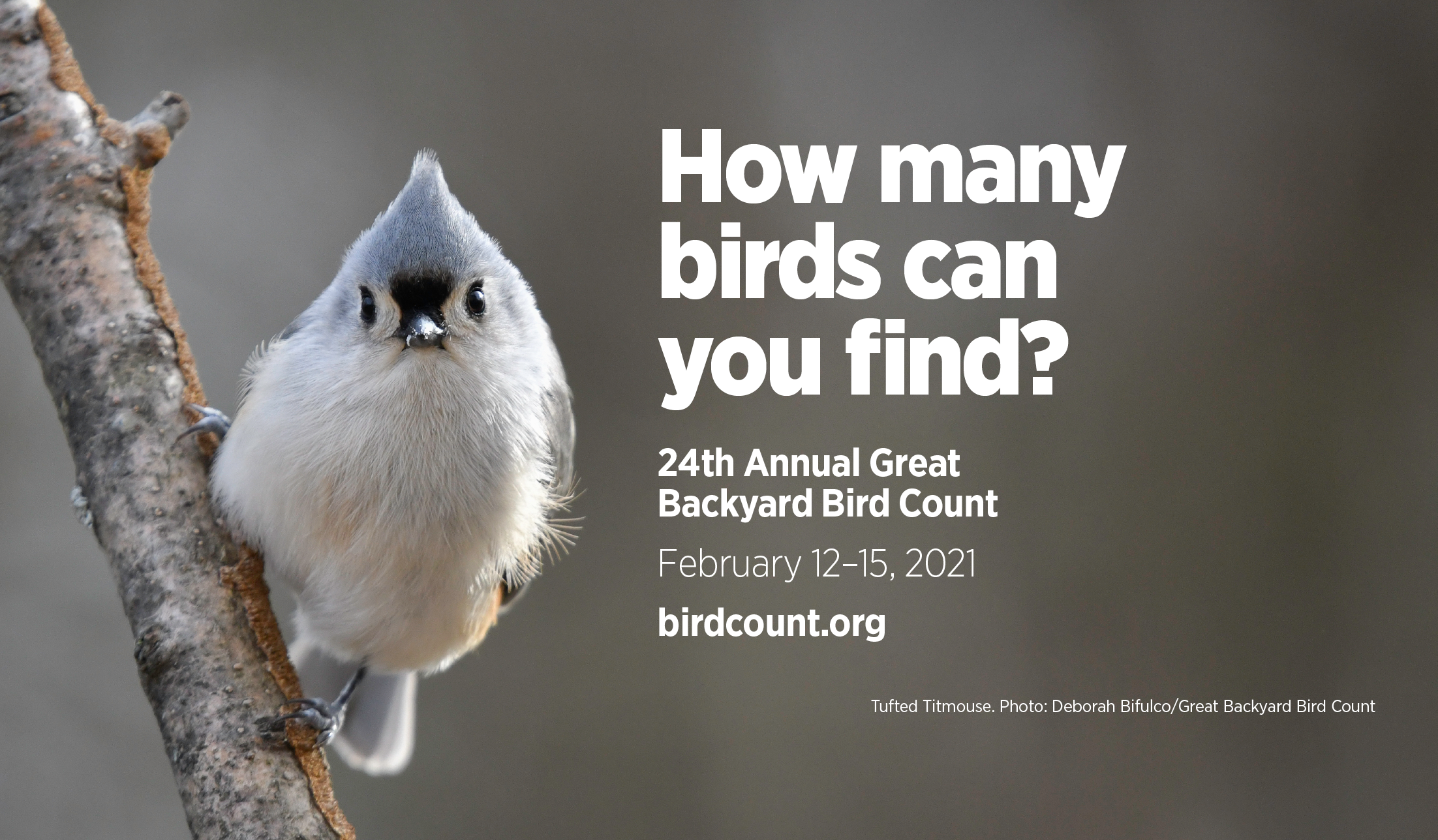This morning I woke up to the ray-gun sounding calls of a cardinal (here my husband interjects, “If ray-guns actually existed, that is.”). My son grumbles about a Carolina wren that likes to loudly sing about teakettles just outside his window in the morning, but he still thinks they are particularly endearing birds with their perky tails. From my home office window, I have been watching a white-breasted nuthatch hopping along a maple tree, in his up-side-down nutty way (he reminds me to also be on the lookout out for his buddies the titmouse and Carolina chickadee). We wonder if we will have another family of red-bellied woodpeckers nest in the tree this year, and if so how we can improve upon the ‘cat guard’ we had to construct last year.
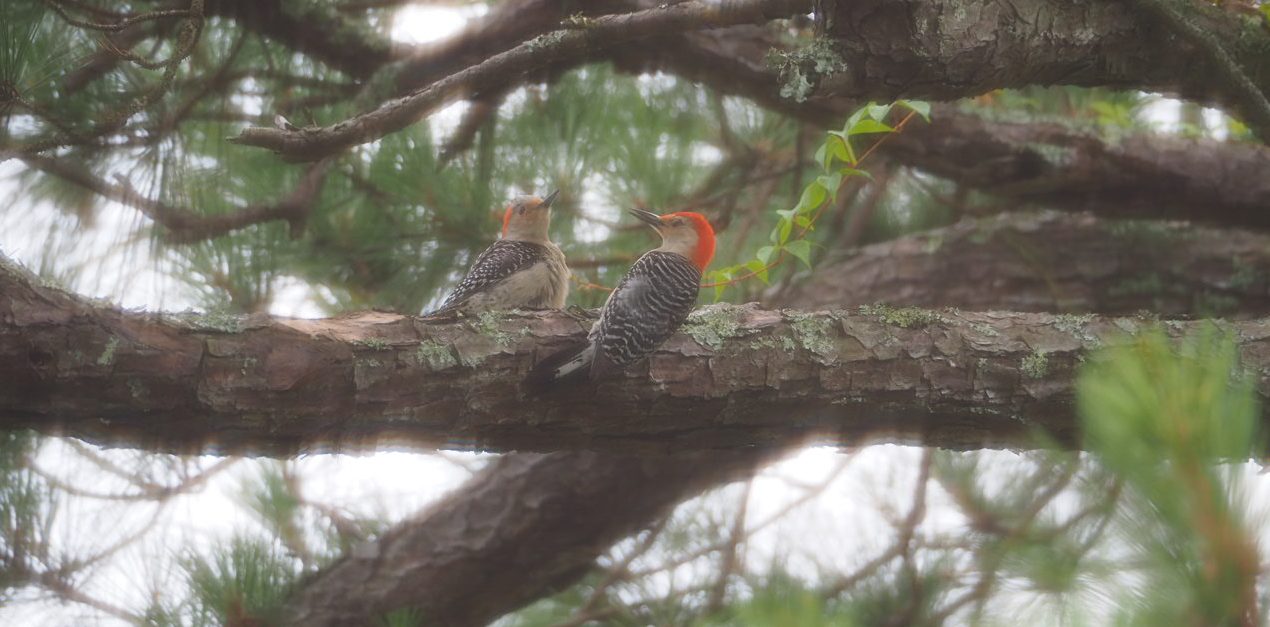
For those who are patient and observant, there may be dramas and comedies to rival anything on Netflix playing out in your own yard. “Backyard birds” is a term generally given to those species that are regular visitors to feeders and that don’t seem to mind, too much, sharing space with their human neighbors. There are about 10 to 15 usual suspects (see this article in Birds and Blooms) and learning to identify a few at a time is a great way to get started in birding. Birds are often the most prevalent and visible animals in our neighborhoods, and present an opportunity for us to interact with and learn about wildlife without having to leave home.
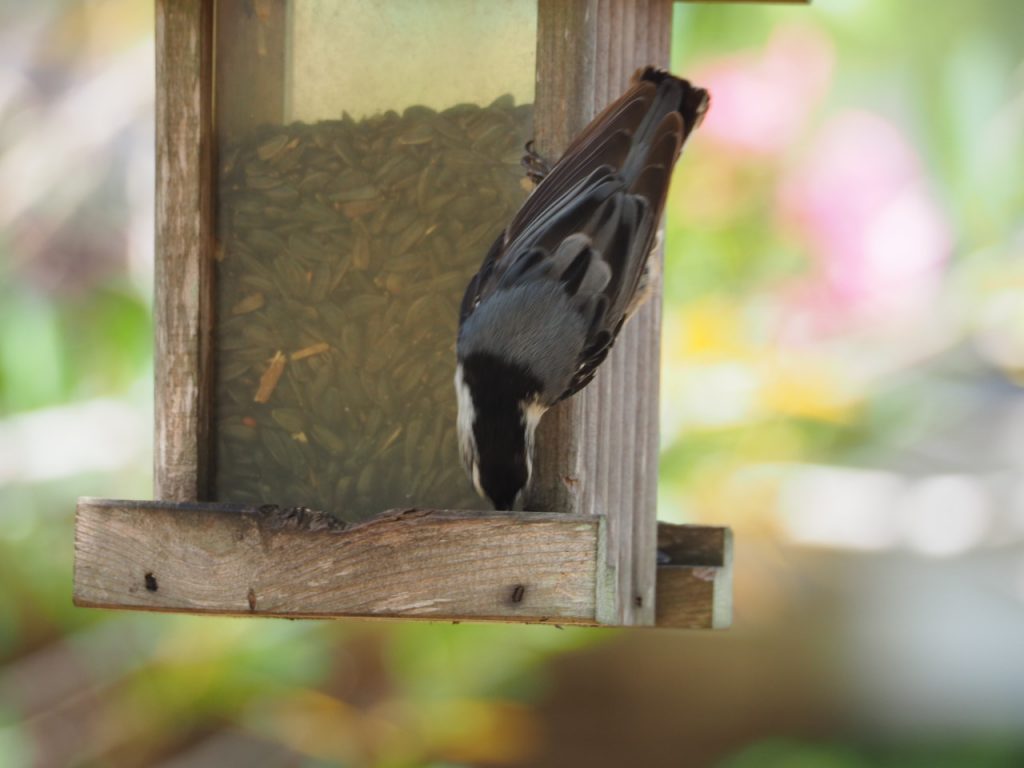
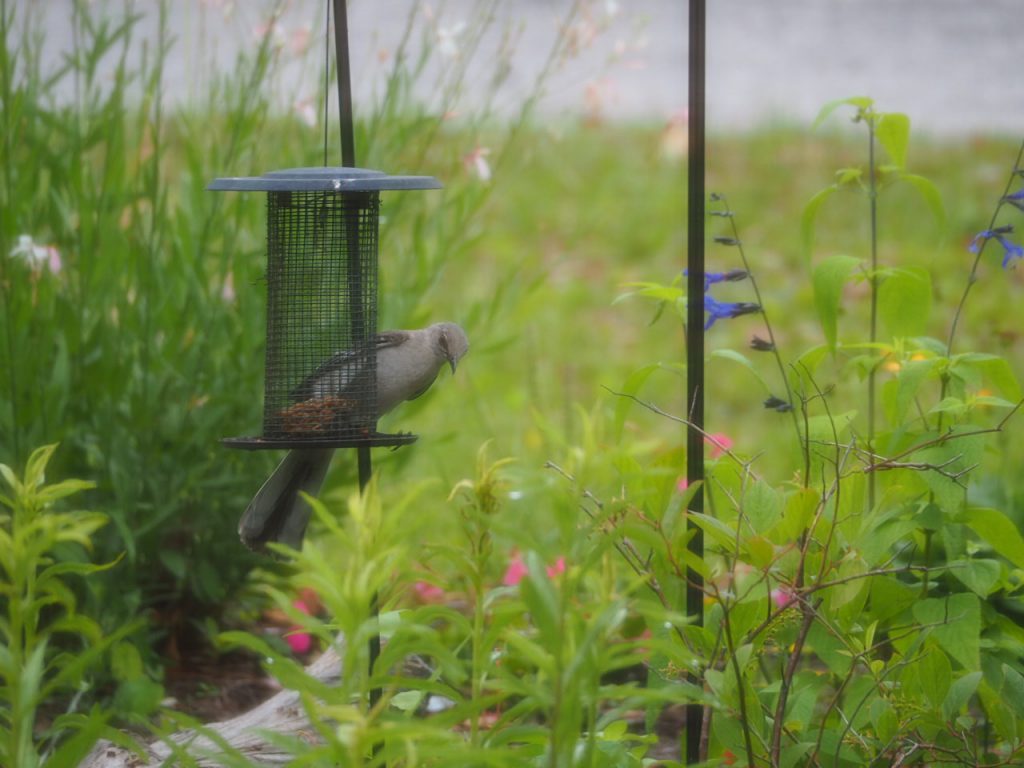
In addition to the direct services these birds provide, the landscaping practices that encourage avian visitors also promote healthier urban habitats for humans and wildlife. Bird-friendly landscaping makes use of native plants, which use less water and are more resistant to diseases. Including a wider range of plant species in landscaping will also encourage a wider range of bird and insect species, increasing overall biodiversity within urban areas. Losing some of the lawn and increasing shrubs and canopy tree area also promotes water conservation (less irrigation) and energy conservation (less gas for the mower). To learn more about bird-friendly landscaping, visit this Audubon website.
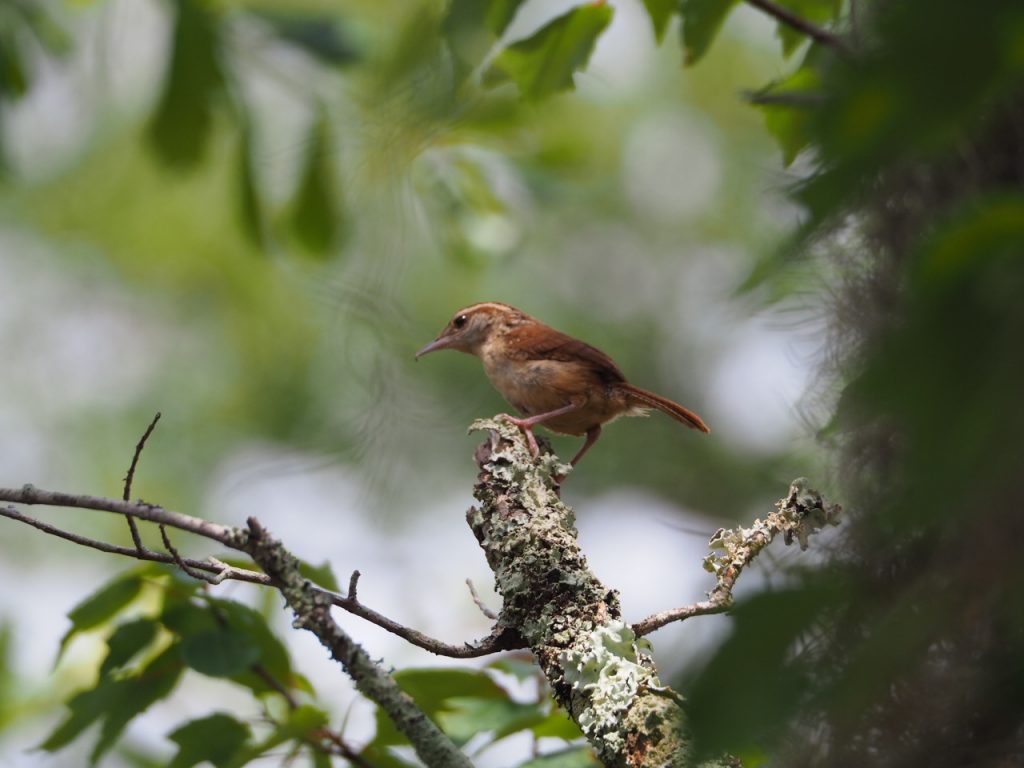

Your experience today watching your birdfeeder might be remarkably different than it was for birdwatchers 50 years ago. A study published in Science in 2019 found that wild bird populations in the continental U.S. and Canada have declined by almost 30% since 1970. More than 90% of the total loss comes from just 12 bird families, including sparrows, blackbirds, and finches. But because the declines are gradual, and we still regularly see flocks of these “common birds” at our feeders, we tend not to notice this overall decline in abundance.
This is where you, as an avid or an occasional backyard bird watcher, can contribute to our understanding of population trends. Projects such as eBird, Project FeederWatch, Christmas Bird Count, Breeding Bird Survey, and the International Shorebird Survey mobilize hundreds of thousands of people to report what they’re seeing in backyards, neighborhoods, and wild places around the world to help researchers understand how birds are faring.
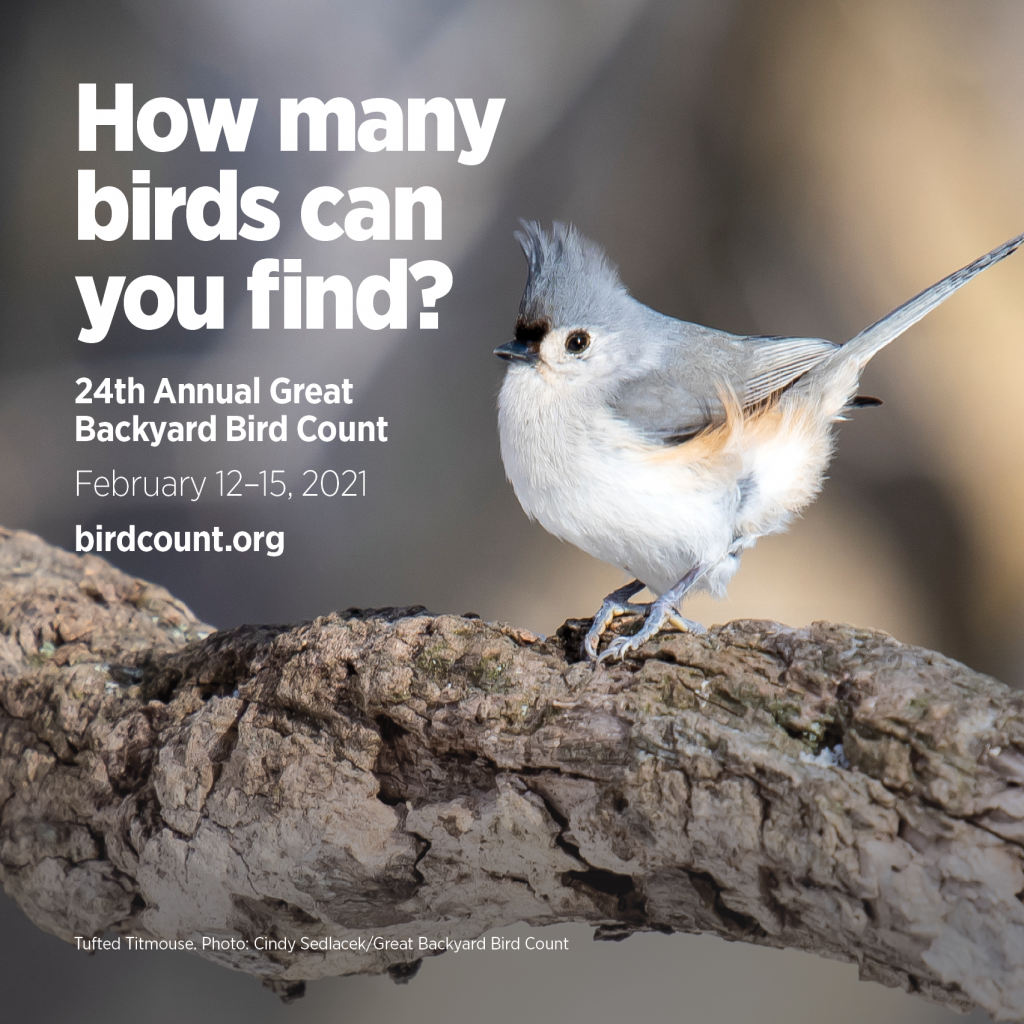
This weekend, you can join thousands of fellow birdwatchers in the Great Backyard Bird Count (GBBC) by simply watching birds for 15 minutes or more, at least once over the four days, February 12-15, 2021, and reporting what you see. Launched in 1998 by the Cornell Lab of Ornithology and National Audubon Society, the GBBC was the first online community science project to collect data on wild birds and to display results in near real time. In 2020, an estimated 268,674 participants counted 27,270,156 total birds, representing 6,942 species across194 countries.
You can also contribute your sightings to the Winyah Wildlife iNaturalist project to help us record biodiversity within the Winyah watershed. Visit the project page to learn more about Winyah Wildlife.


